本文由 NISHIZAWAARCHITECTS 授权mooool发表,欢迎转发,禁止以mooool编辑版本转载。
Thanks NISHIZAWAARCHITECTS for authorizing the publication of the project on mooool. Text description provided by NISHIZAWAARCHITECTS.
NISHIZAWAARCHITECTS:该住宅位于越南南部安江省的肖多克镇郊区,是3个小家庭的共享住宅。虽然这个项目预算被当地标准收紧,导致我们只能建造一栋薄波纹金属板制的房子,但我们依然努力去适应当地的地域精神以及人们丰富的生活方式。最后建成的住宅有阳光、有绿色植物也有自然通风,就像生活在一个半室外的花园里。
NISHIZAWAARCHITECTS:Located in a suburb of ChauDoc town in AnGiang province, Southern Vietnam, this house is a sharing residence of 3 nuclear families who are kin. Although this project budget was tightened with local standards, which only allowed us to build a house with thin corrugated metal panels, we have tried to satisfy not only the regional spirits but also the rich lifestyle in which is fulfilled by sunlight, greenery and natural ventilation, as it were, living in a half-outdoor gardens.
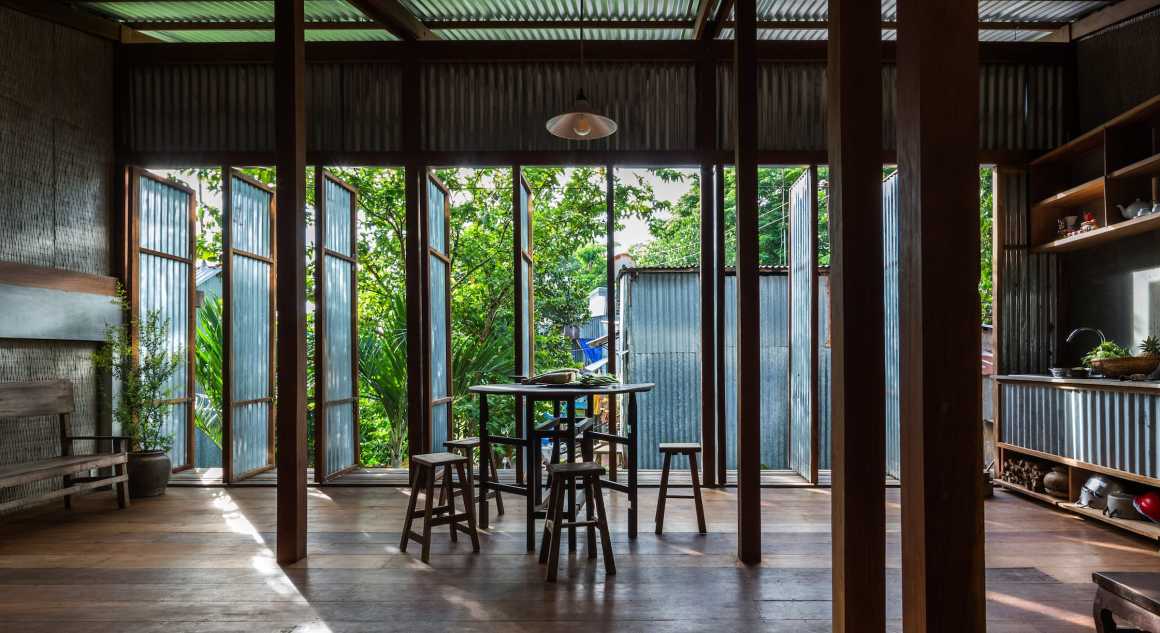
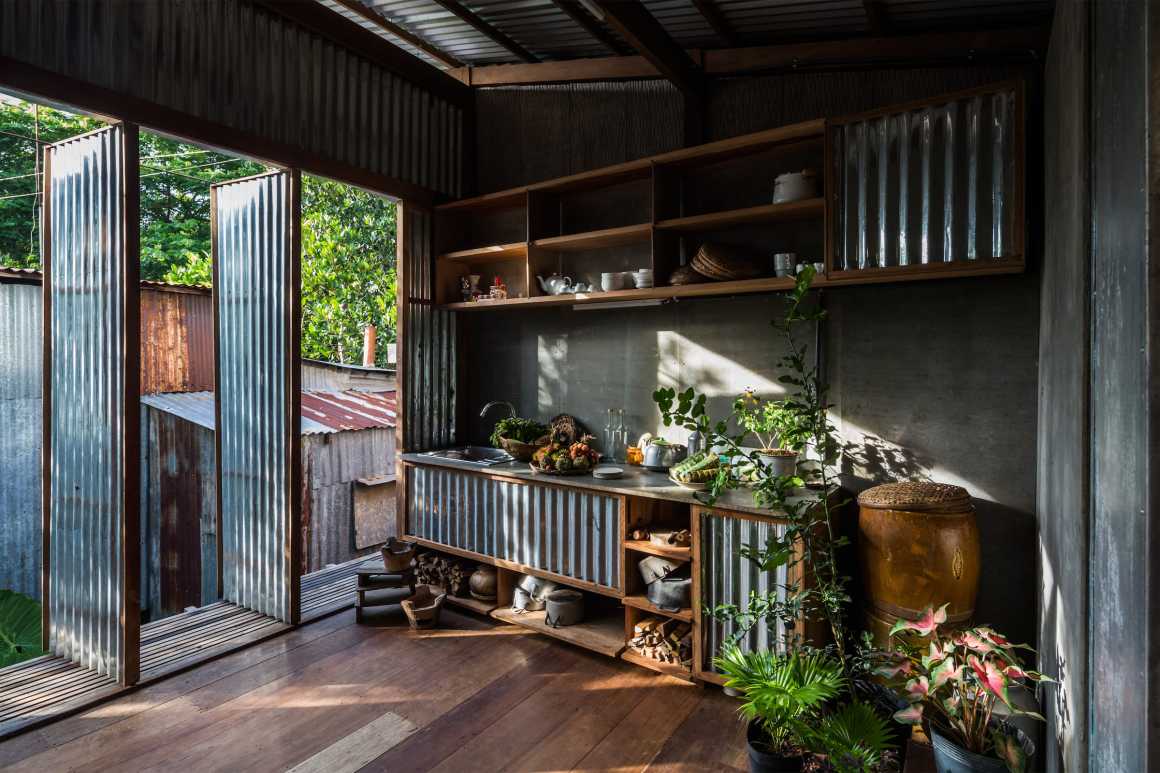
靠近柬埔寨边界的边境城镇肖多克已经沿着湄公河的一条支流发展起来了,从胡志明市乘长途汽车和轮渡到这里大约7小时。我们在临近的场地上漫步时,很容易就能得出基地环境的几个层次。第一层是数以百计的漂浮在河上的房屋,其次是河岸两侧的已成为当地社会的主要交通路线的筑堤道路,而第三层则散落着许多的从道路桥梁上延伸出来的私人小型底层架空房屋,这最后一层已被美丽的稻田染成了满眼绿色。一般来说,该地区的底层架空的房屋大多由地面上的石头或混凝土柱和由薄波纹金属板包裹的浮动木框架组成。由于柱子的高度限制,它只能把房子提升至抵抗洪水的高度,也因当地日常坐地式的生活方式,使用的都是最小尺寸的木架,从这些当地的房子中我们可以感受到人性化的建筑尺度及其温和的印象。而当我们越深入地接触到他们的生活环境,我们就会更能理解他们所必须应对的恶劣自然环境,因为除了筑堤的道路,所有的土地都曾在雨季被淹没4 – 5个月,直到最近他们筑成了混凝土堤坝。任何到过这一地区的人都能感受到他们与大规模大自然共存这么长时间的智慧气息。
Around 7 hours travelling from HoChiMinh city by long-distance bus and ferry, ChauDoc, a border town closed to Cambodian boundary, has been developed along a branch of Mekong River. Wandering around the neighboring site, what we could easily recognize is the several layers of the regional environment. The first layer is depicted by hundreds of floating houses on the river, and secondly, there are embanked roads along two sides of the river banks which turn into the main traffic for the local society, while the third layer is scattered with a plenty of pilotis houses extended from the roads by private small bridges, and the last one is painted in green by beautiful rice-field as far as our eyes could reach. Generally, pilotis houses in this area are mostly composed of stone or concrete columns on the ground and floating timber frames wrapped by thin corrugated metal panels. Due to the height limitation of the column which only can lift the house over flood water and also due to the minimum dimensions of timber frames for the local daily floor-sitting lifestyle, we could feel about the human-scaled and gentle impression from these local houses. And the more deeply we approached into their living context, the better we could understand about the harsh natural environment that they have to cope with, when all the grounds except the embanked roads used to be under the water during 4-5 months in the rainy season annually till they have completed the concrete embankments very recently. Anyone who visit this area could recognize the scent of their intelligence about how to co-exist with the large-scaled Mother Nature for such a long time.
▼基地平面 Site Plan

而另一方面,具有讽刺意味的是,我们发现他们的日常生活变得很不稳定,没有条理,尤其是在他们强制消除了洪水之后,这剧烈变化给他们带来了很多不便。一个明显的表现就是,几乎所有的居民都放弃了使用他们住宅一层,将他们的家畜,如猪、鹅和鸡的无用垃圾或排泄物丢弃在这里。又因为房子的天花板太低,没有隔热,窗户太小,通风不佳,使得他们的居住环境变得很糟糕。而以前,雨季的洪水会冲走旱季积累的所有排泄物,淹没的水也有助于降低周围的温度。
On the other hand, ironically, we have found that their daily-life has become unstable and un-organized especially after the recent drastic changes when they compulsively eliminated floods which had given a lot of inconveniences to them. An apparent evidence is that almost all the inhabitants have abandoned their ground level with their no-use garbage or excreta from their domestic animals such as pigs, gooses and chickens. This fact could drive their living environment into bad condition since those houses have too low ceilings without insulations and too small windows for ventilations. Formerly, flood in the rainy-season would wash away all excreta accumulated in the dry-season, and the covering water would be helpful to lower the surrounding temperature as well.
▼基地剖面 Site Section (wide area)
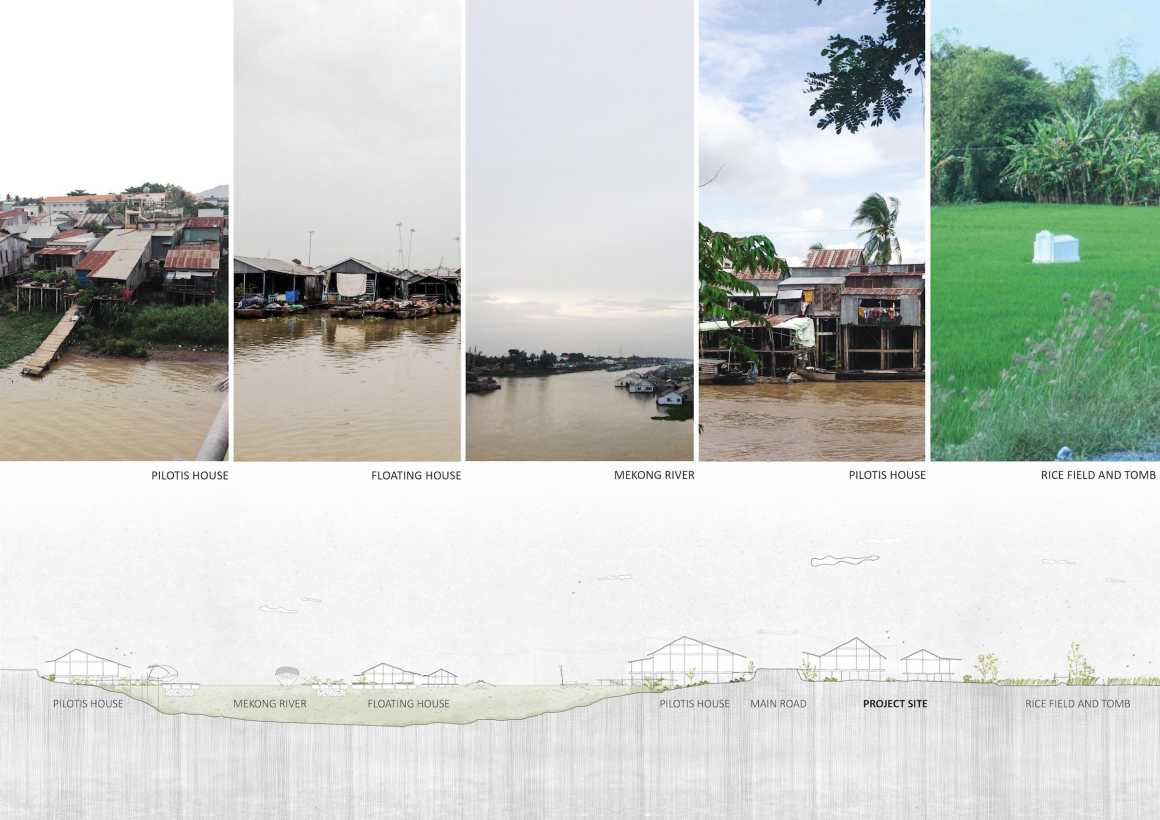
▼基地剖面 Site Section (neighbor)
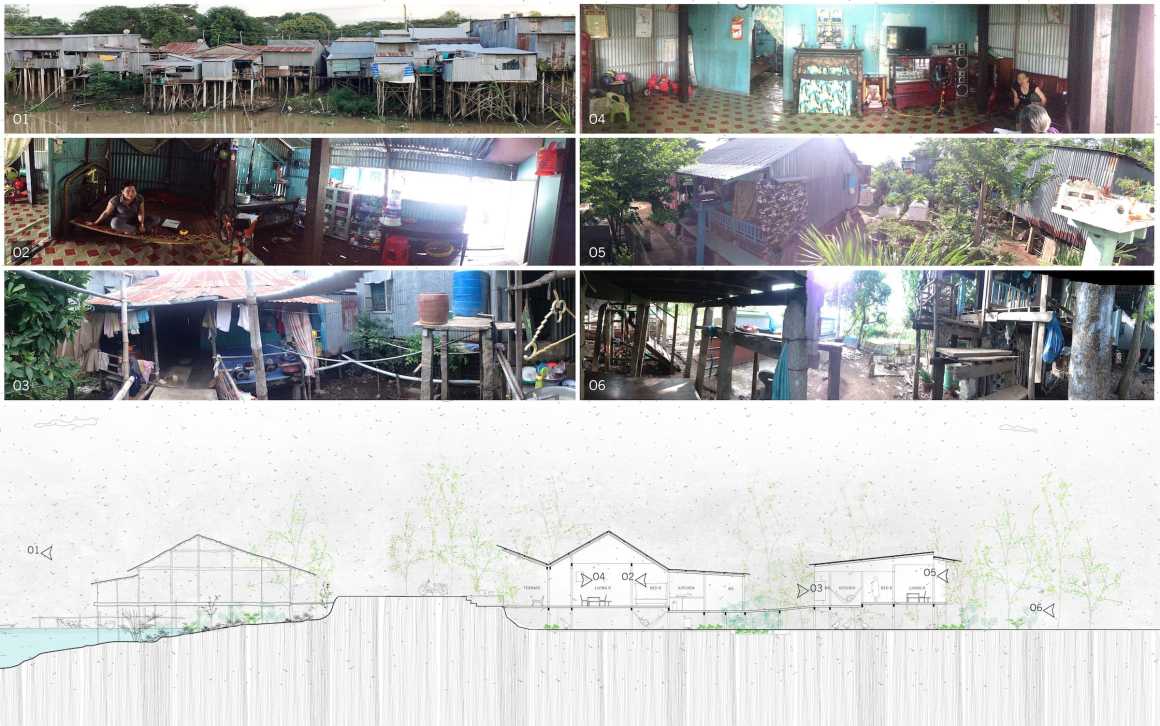
基于以上这些条件,我们的目标是尽可能多的采用当地的材料、木匠的技术以及他们的施工方法等当地的风俗习惯,除了以下三个新的建筑意图。
1. 将屋顶形状从普通屋顶转换为蝶形屋顶,将室内空间向周围环境开放,然后用3个不同高度的蝶形屋顶覆盖整个场地。
2. 在每个屋顶和外墙之间的大开口处悬挂旋转的金属窗,以调节阳光和自然风量。
3. 将所有的内部实体墙替换成可移动的隔断,形成一个大的连续空间。
Based on these conditions mentioned above, what we aimed is to adopt regional customs such as local materials, carpenters’ techniques and their construction methods as much as possible except 3 new architectural intentions below.
1. To invert the roof shape from ordinal-roof into butterfly-roof in order to open the interior space to surrounding environment, and then cover all the site by 3 butterfly-roofs in different heights.
2. To hang up rotating metal windows from end to end at the big openings between each roofs and façades to adjust the amount of sunlight and natural wind.
3. To replace all the internal solid walls into movable partitions to create one big continuous space.
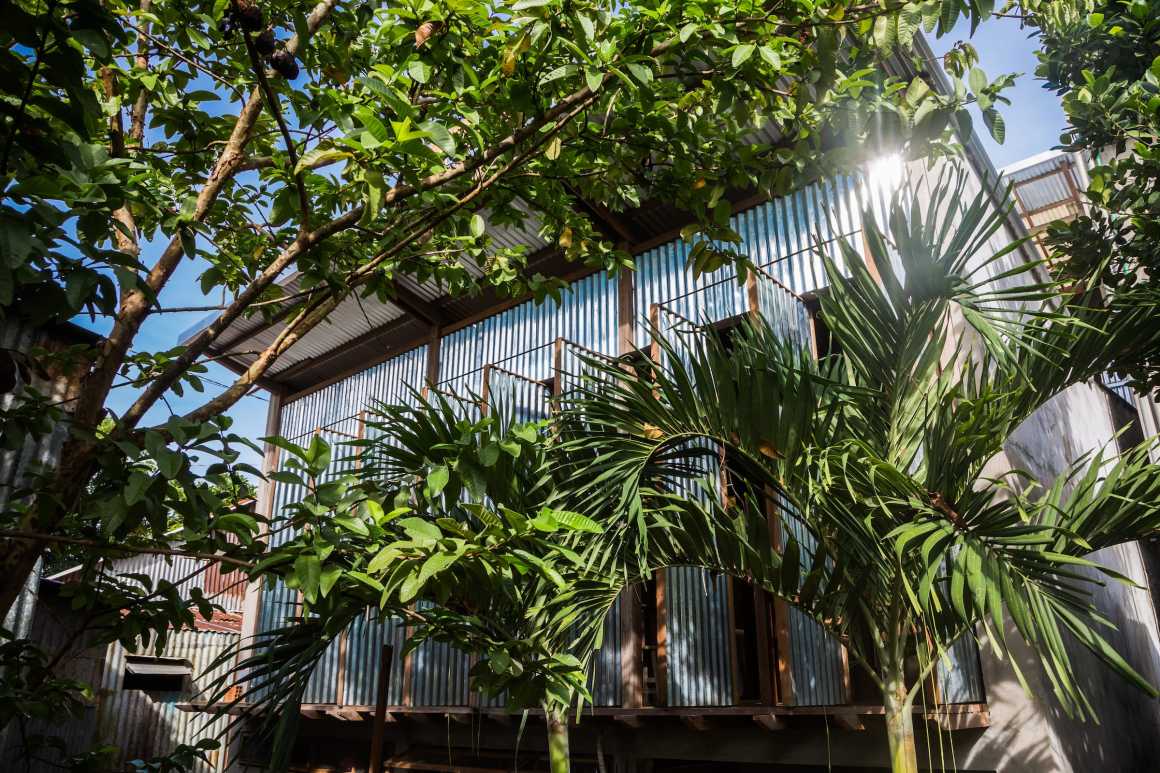
这三个建筑原则显然是为了实现一个充满阳光、风、水、土壤和植物等自然元素的半室外当代空间。与此同时,保留住宅内部的地域风情和精神也是我们的一个重要主题,包括坐地式的生活方式、人性化的尺度以及混凝土柱上漂浮的木框架。这一主题也与它的外观设计相一致,即与周围环境相融合,又突出了现代设计语言。
These 3 architectural principles are clearly intended to realize a half-outdoor and contemporary spaces with full of natural elements such as sunlight, wind, water, soil and plantings. However, at the same time, it is also an important theme for us to preserve the regional customs and spirits inside the house which can be listed as floor-sitting lifestyle, human-scaled dimensions and floating timber frames on the concrete columns. This theme is also consistent with its exterior design, which is to blend with the surrounding environment but to outstand by modern design languages.
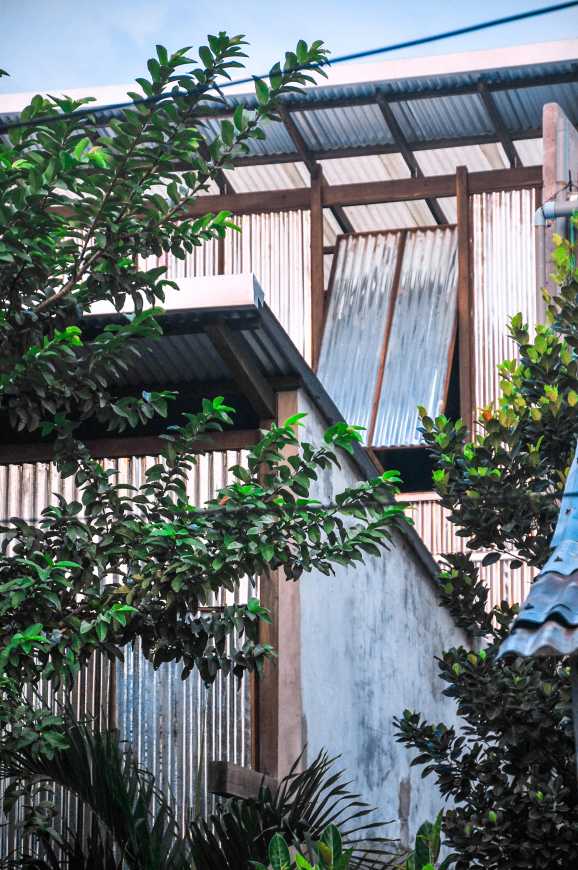
如今,在越南,城市和无国籍的住房风格甚至开始蔓延到农村地区,改变了当地独特的地区文化、景观和生活方式。(事实上,相邻地块上正在建设着5层楼)。对于我们这些越南建筑师来说,传承他们的文化,而不是提出一种替代的现代生活方式来淡化他们的地域精神,这将是一个紧迫的新兴课题。
Nowadays in Vietnam, urban and stateless housing style starts spreading even into the rural areas and changing their unique cultures, landscapes and lifestyles of their own regions. (In fact, 5 story building is under construction on the adjacent plot). It would be one of emergent subjects for us, Vietnamese architects, to propose alternative and contemporary way of living by inheriting their cultures, not by fading out their regional spirits.
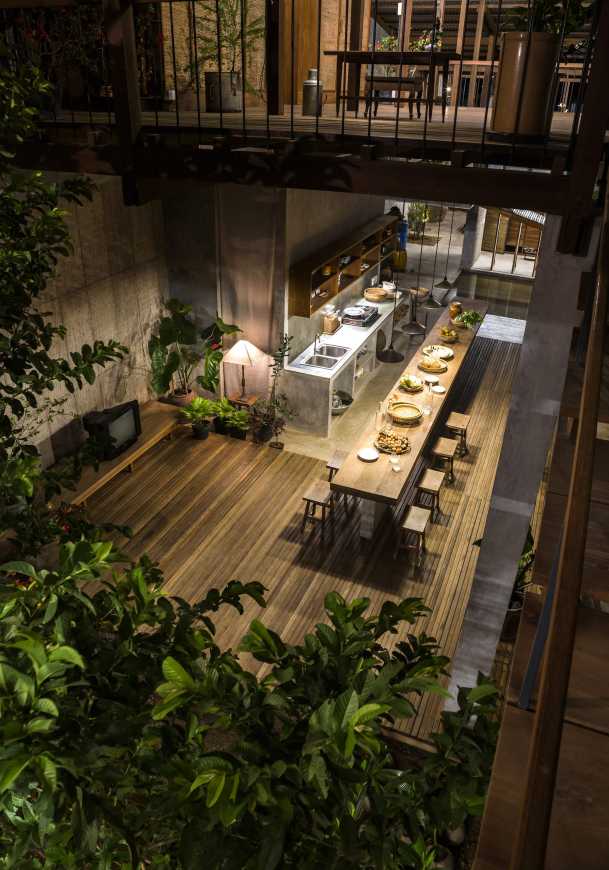
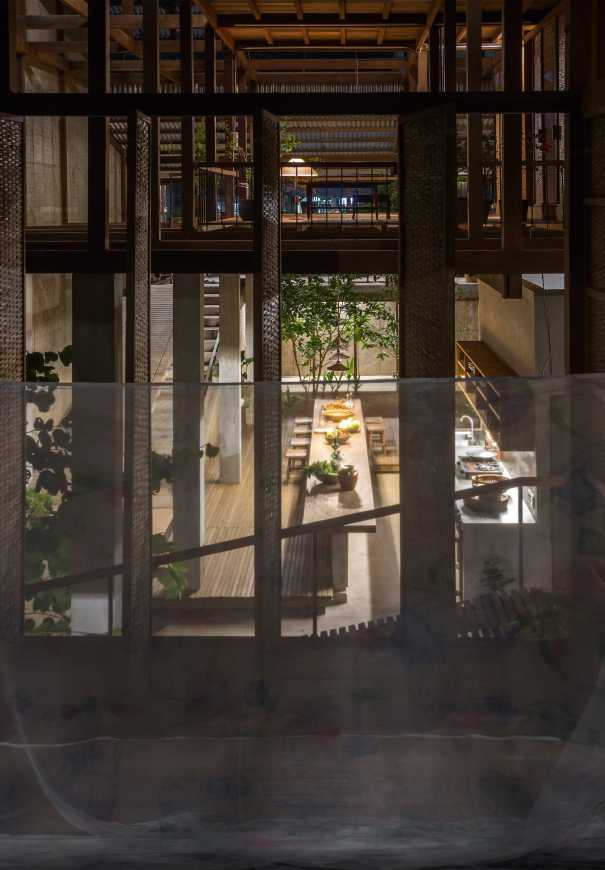
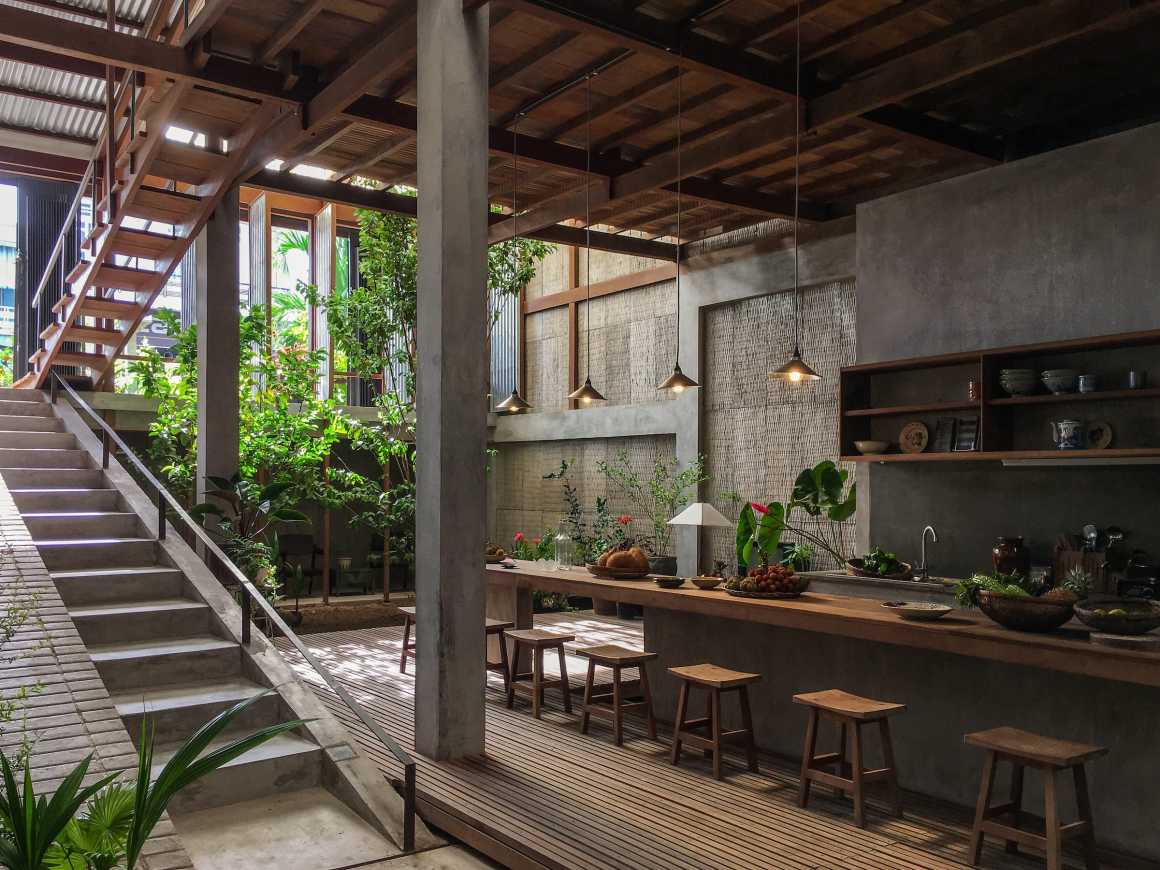
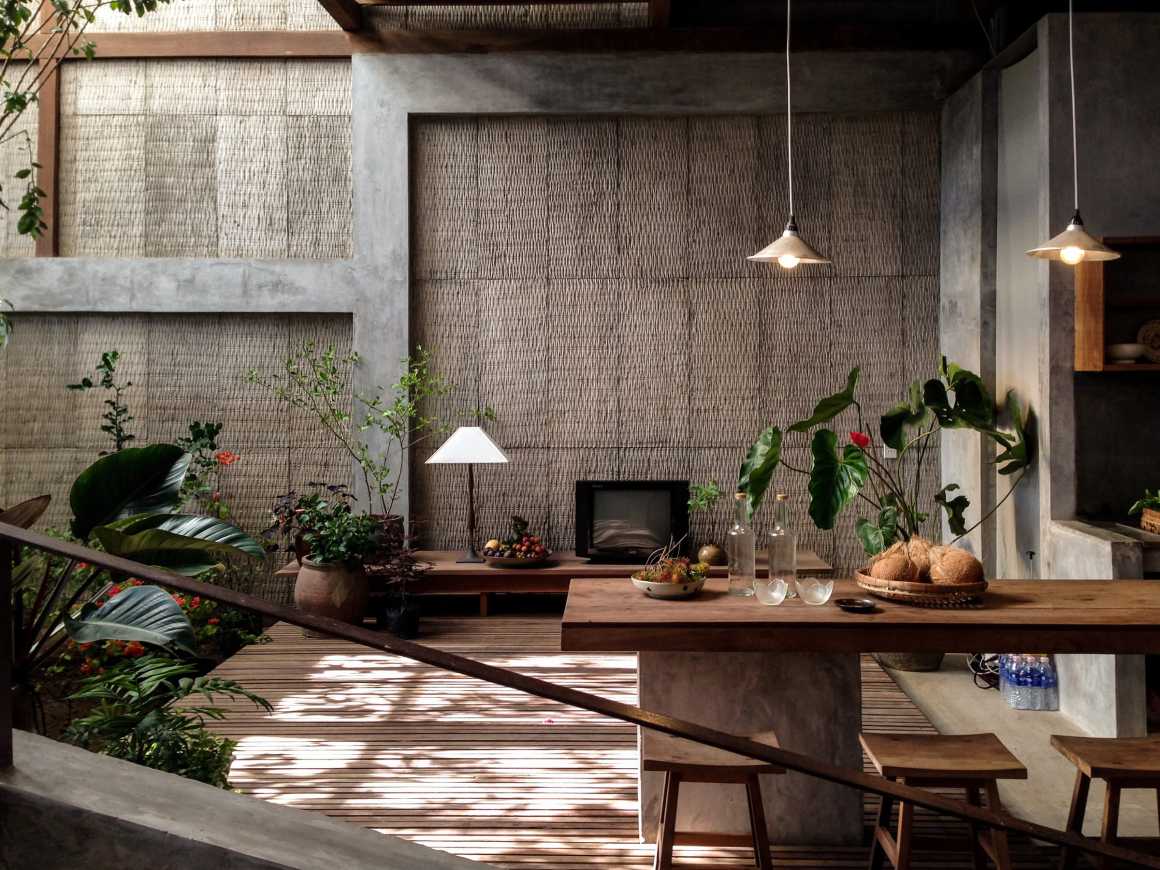

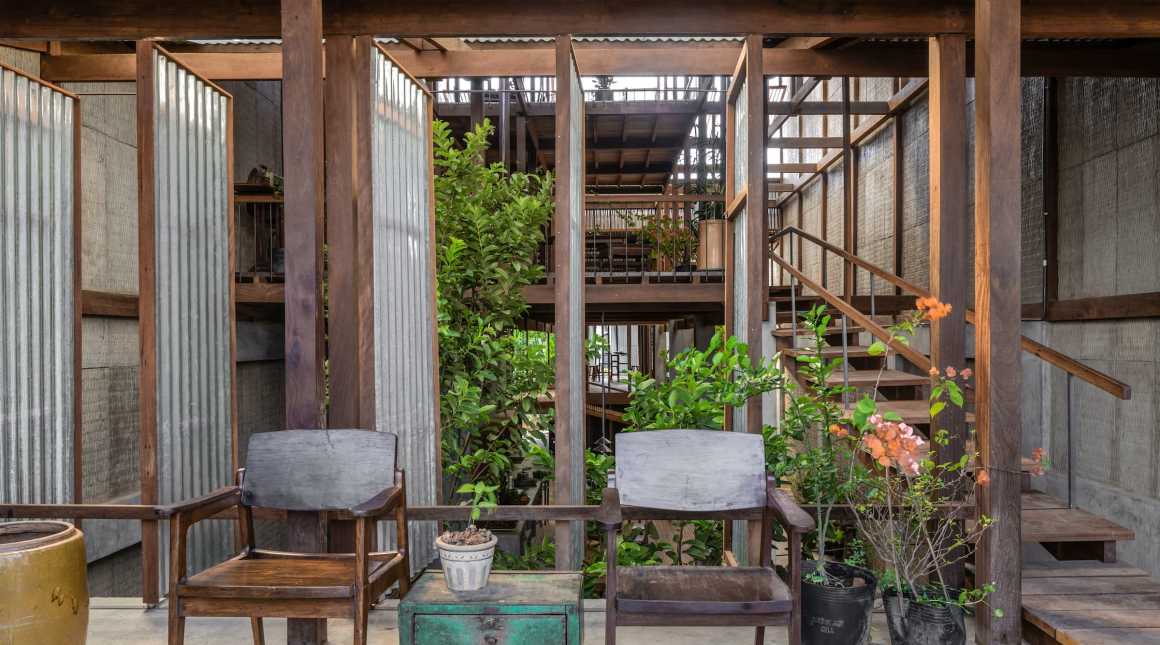
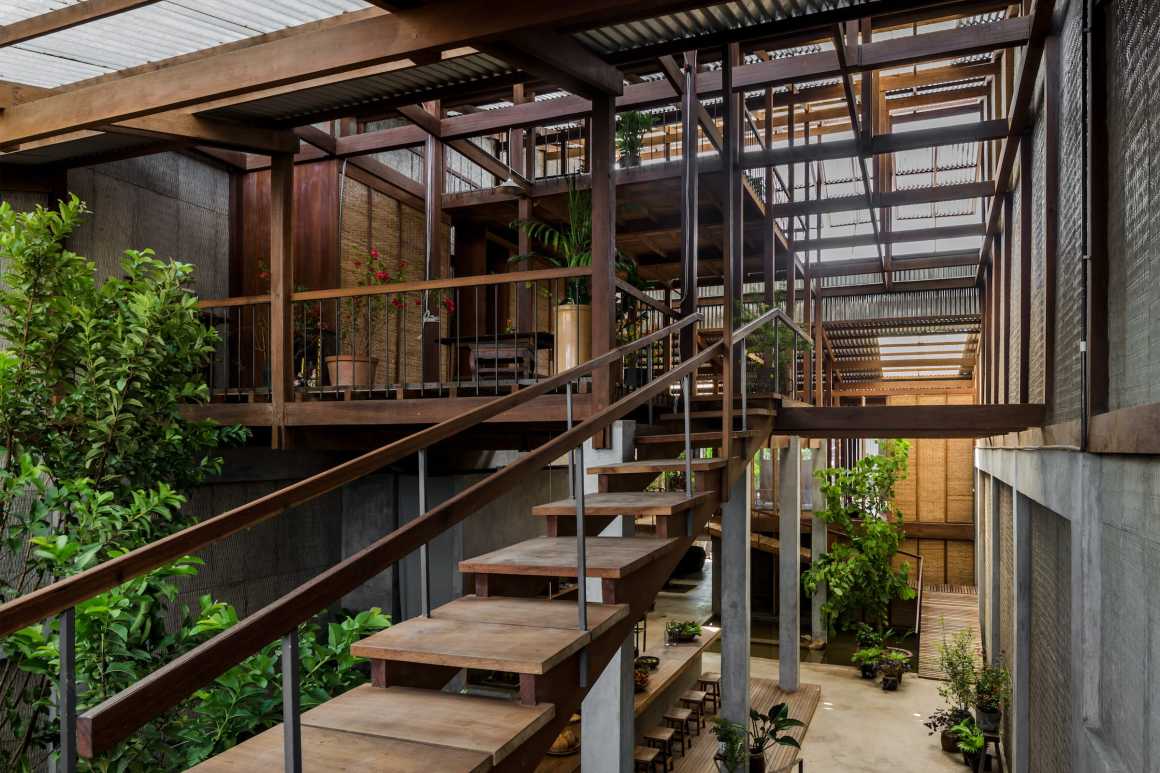
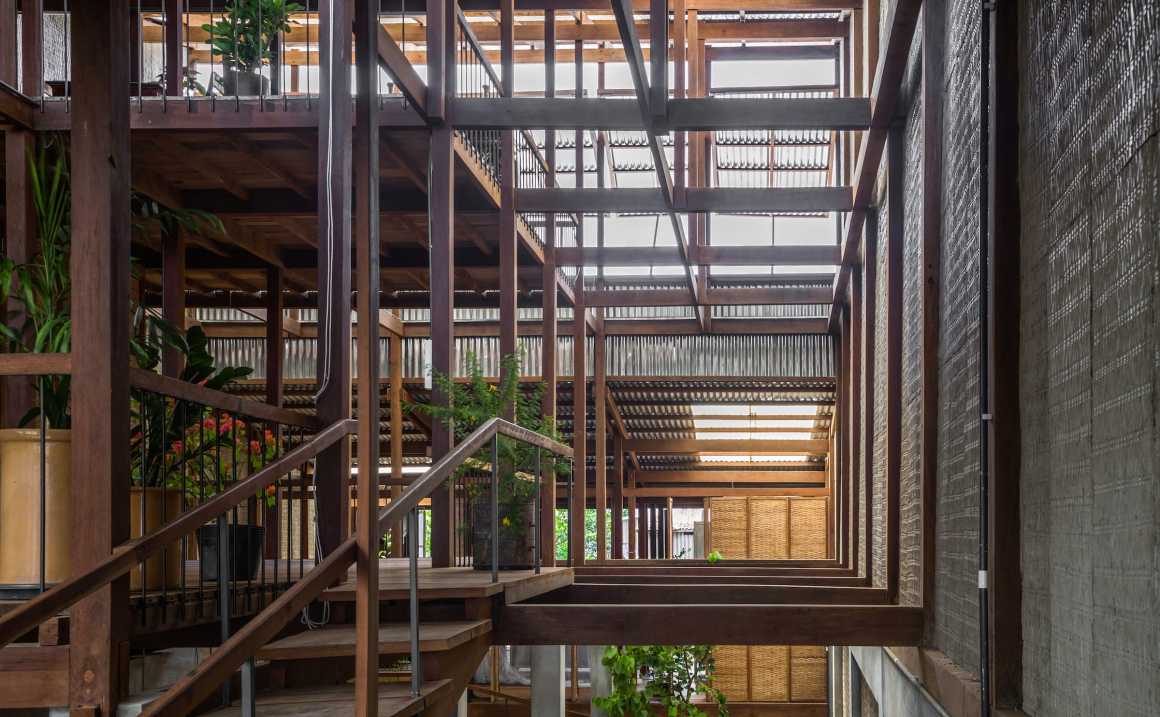
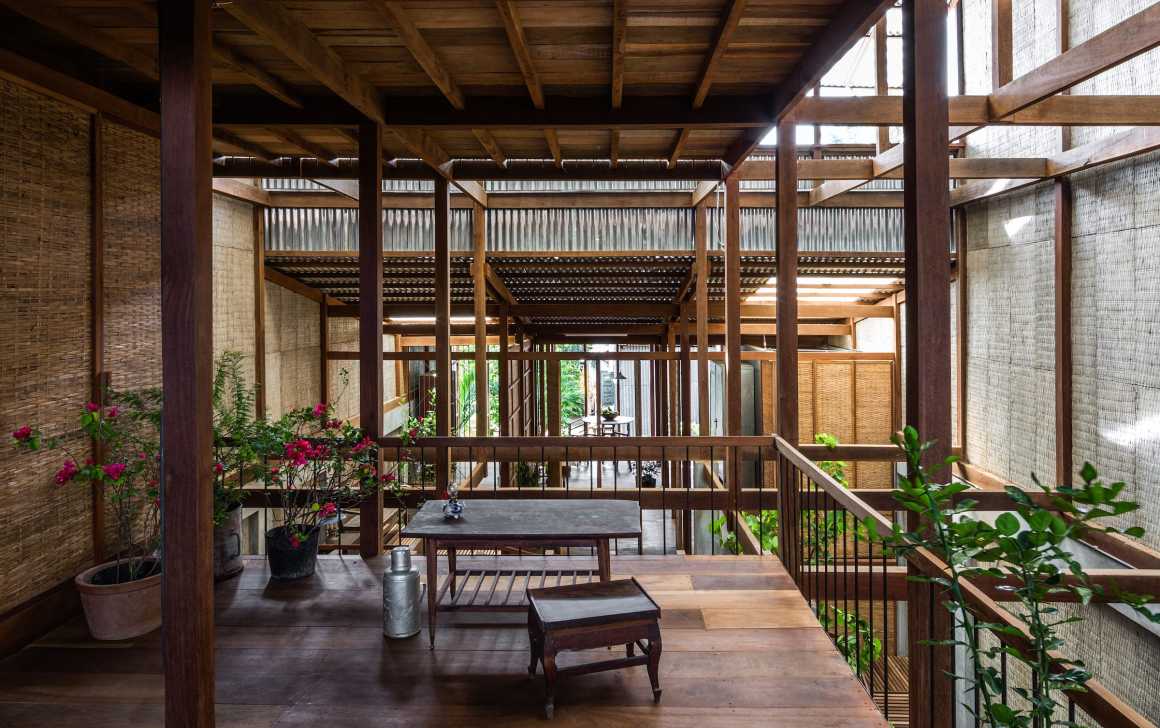
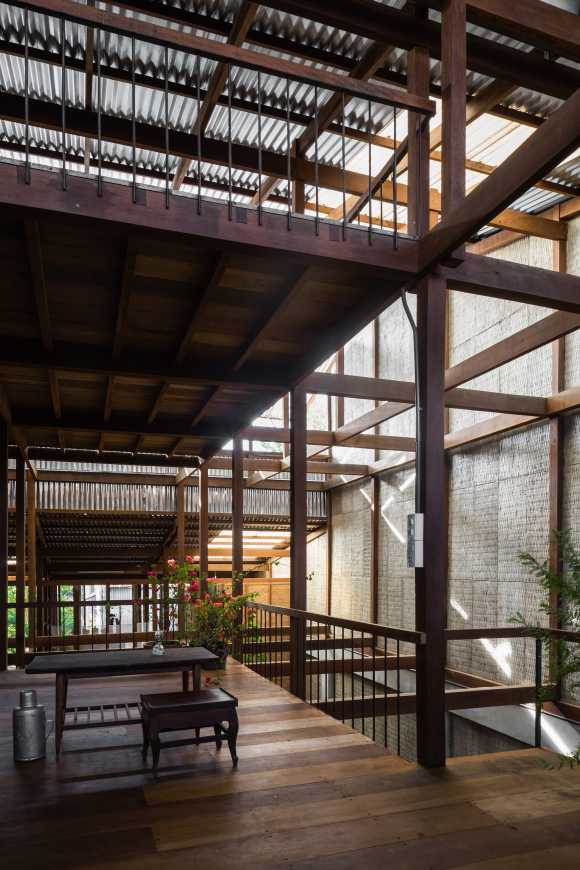

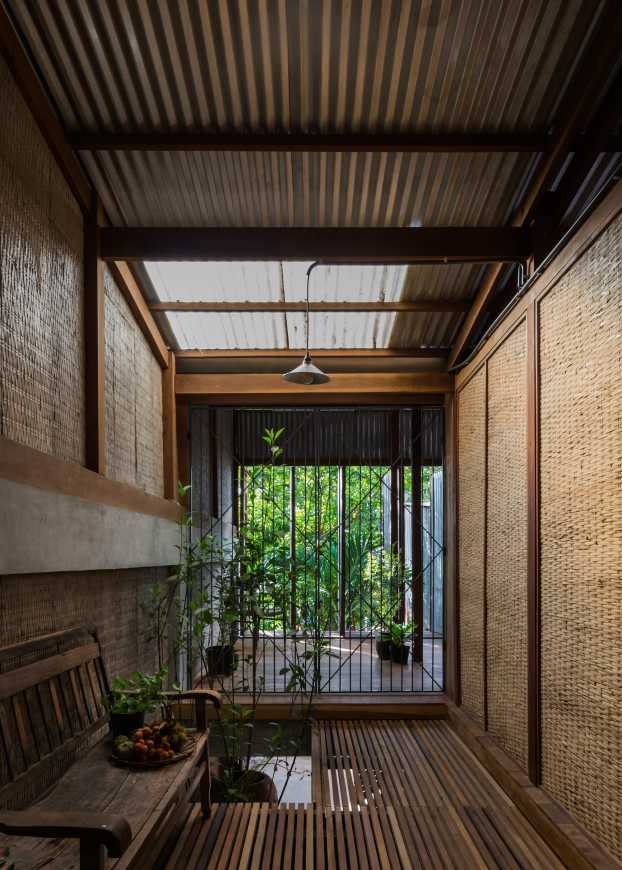
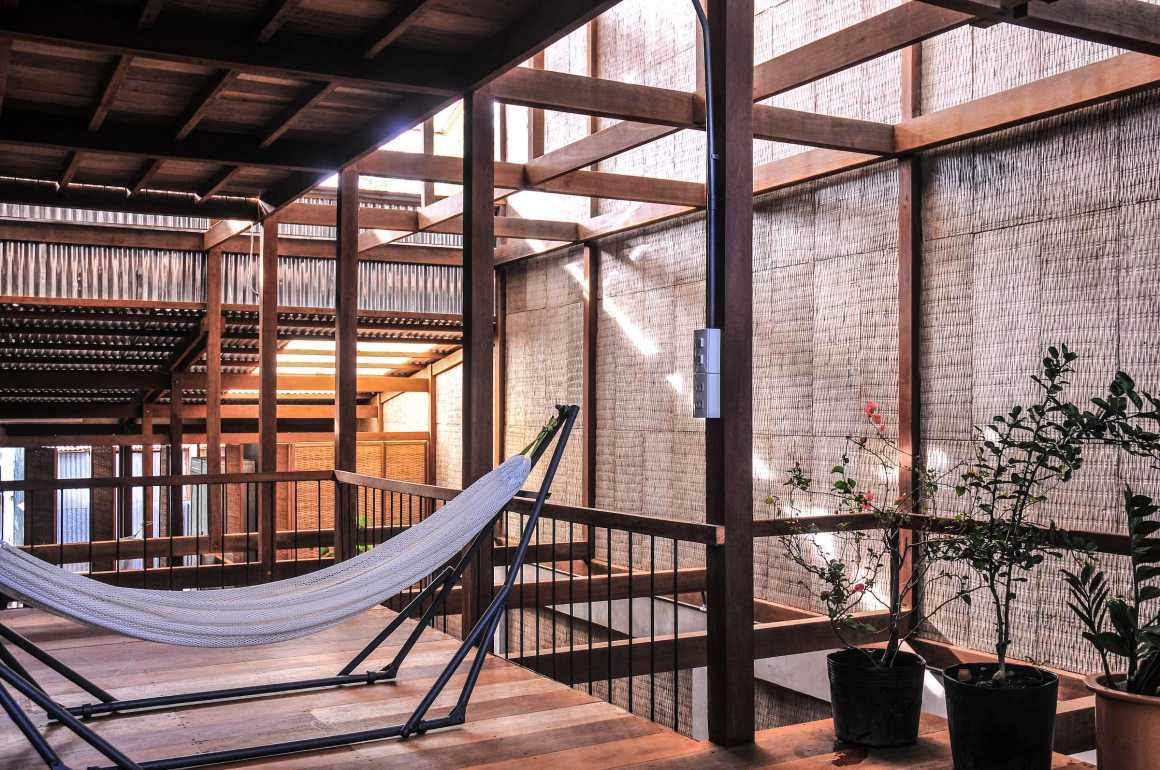
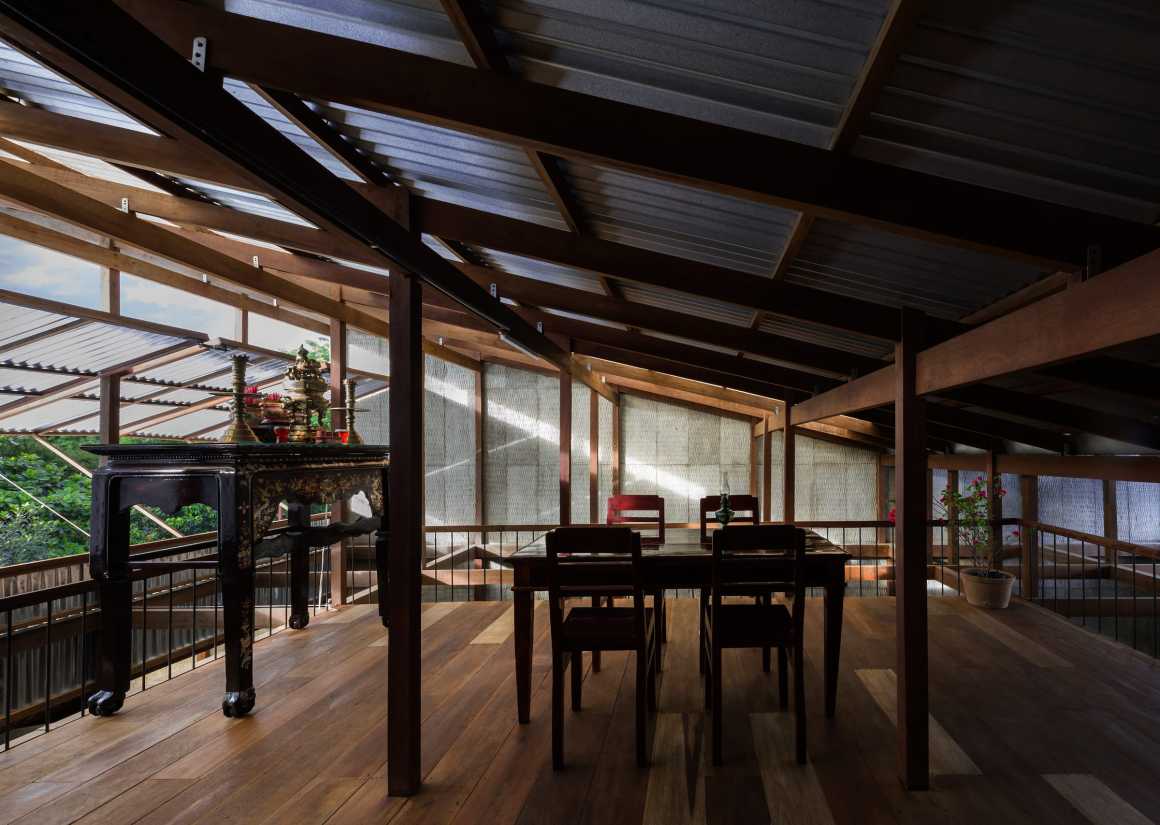
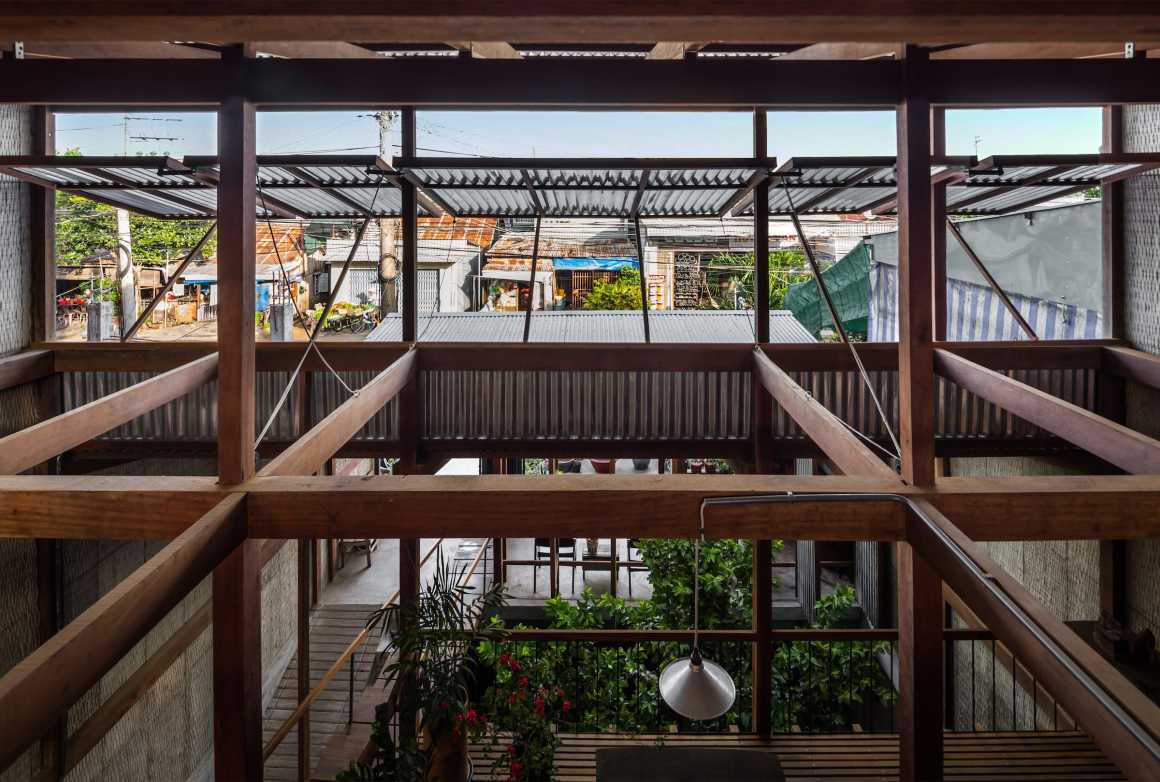
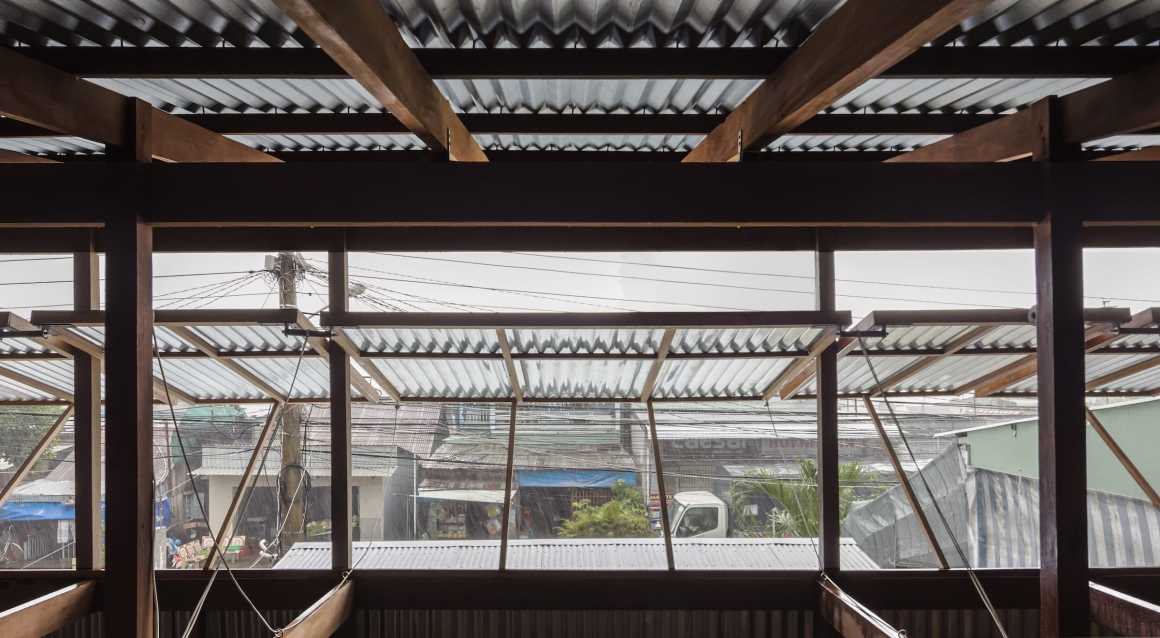
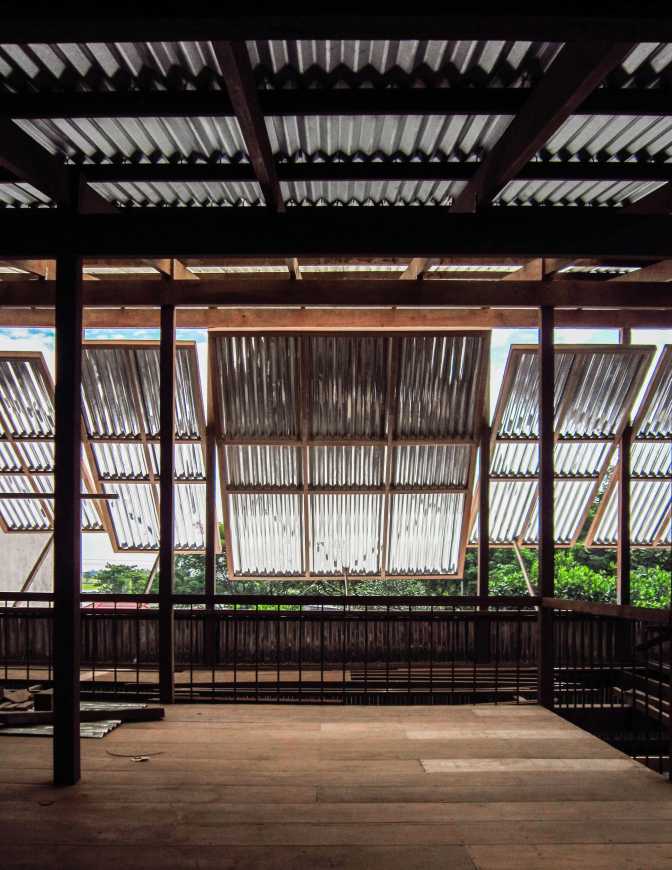


© Hiroyuki Oki
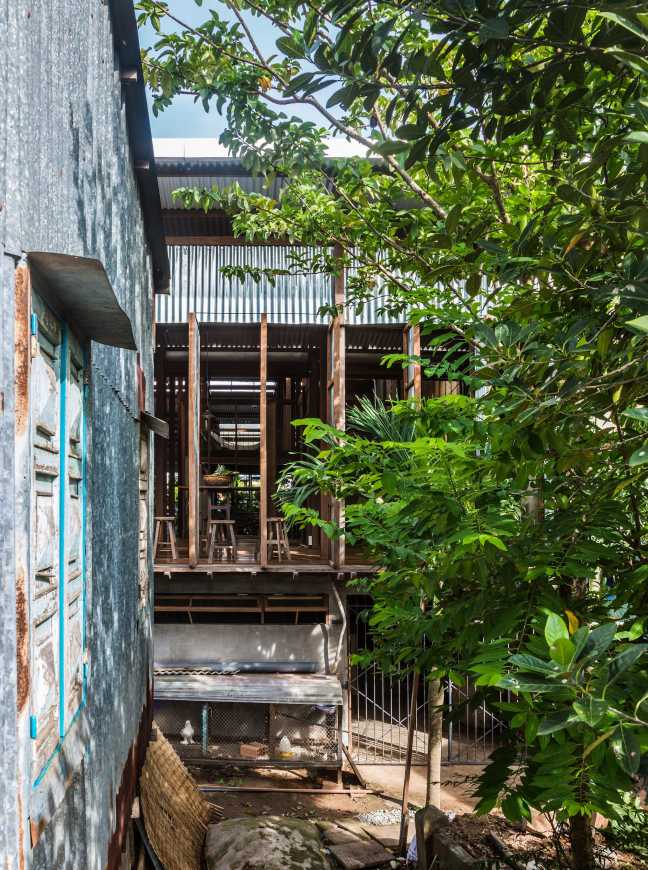

▼建筑设计剖面 Section (new design)
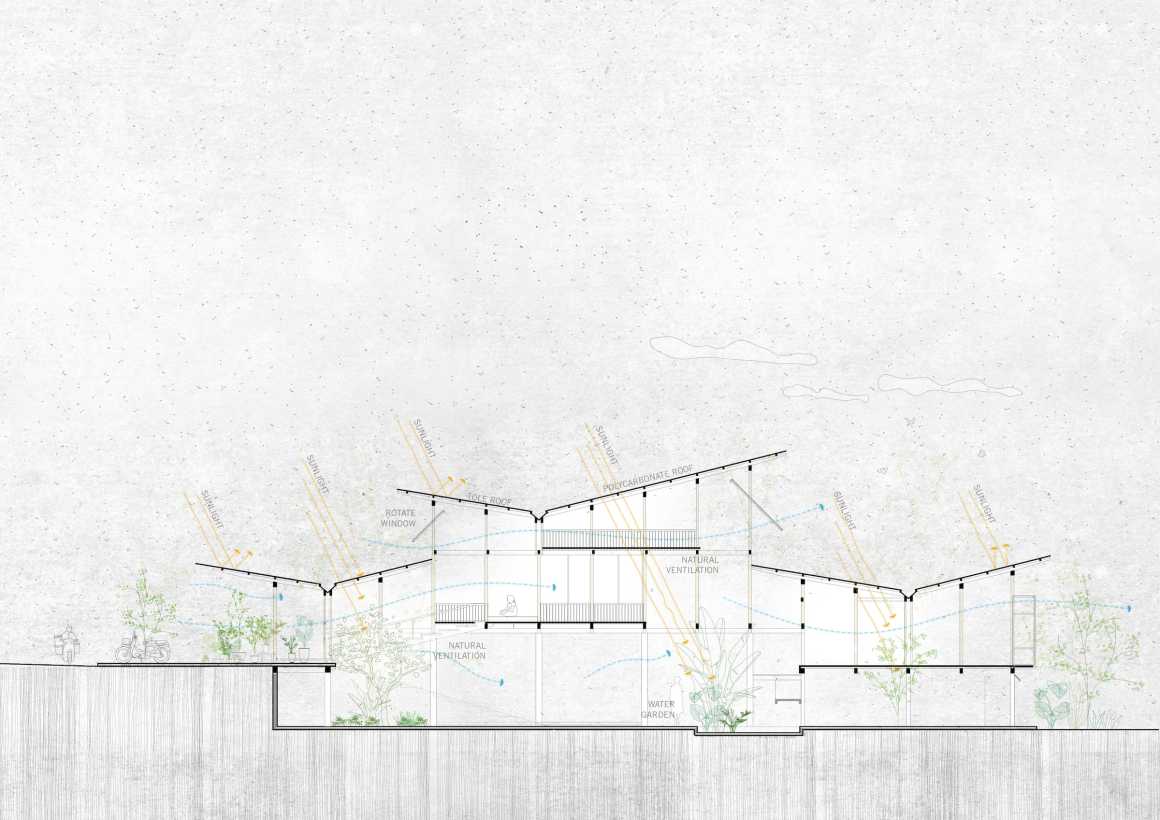
▼基地平面图 Site Plan
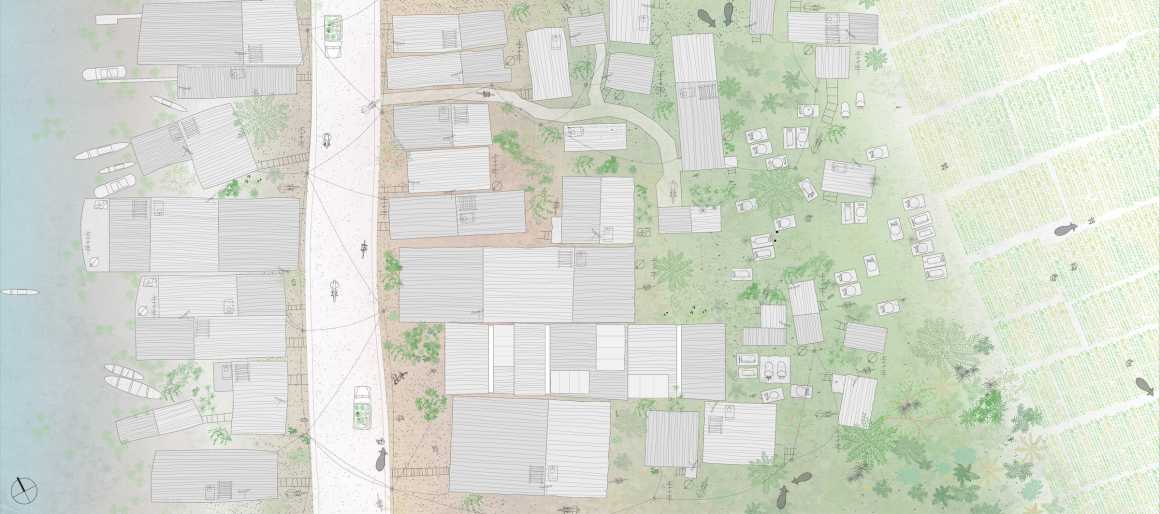
▼城镇景观模型图 Sketch (townscape)
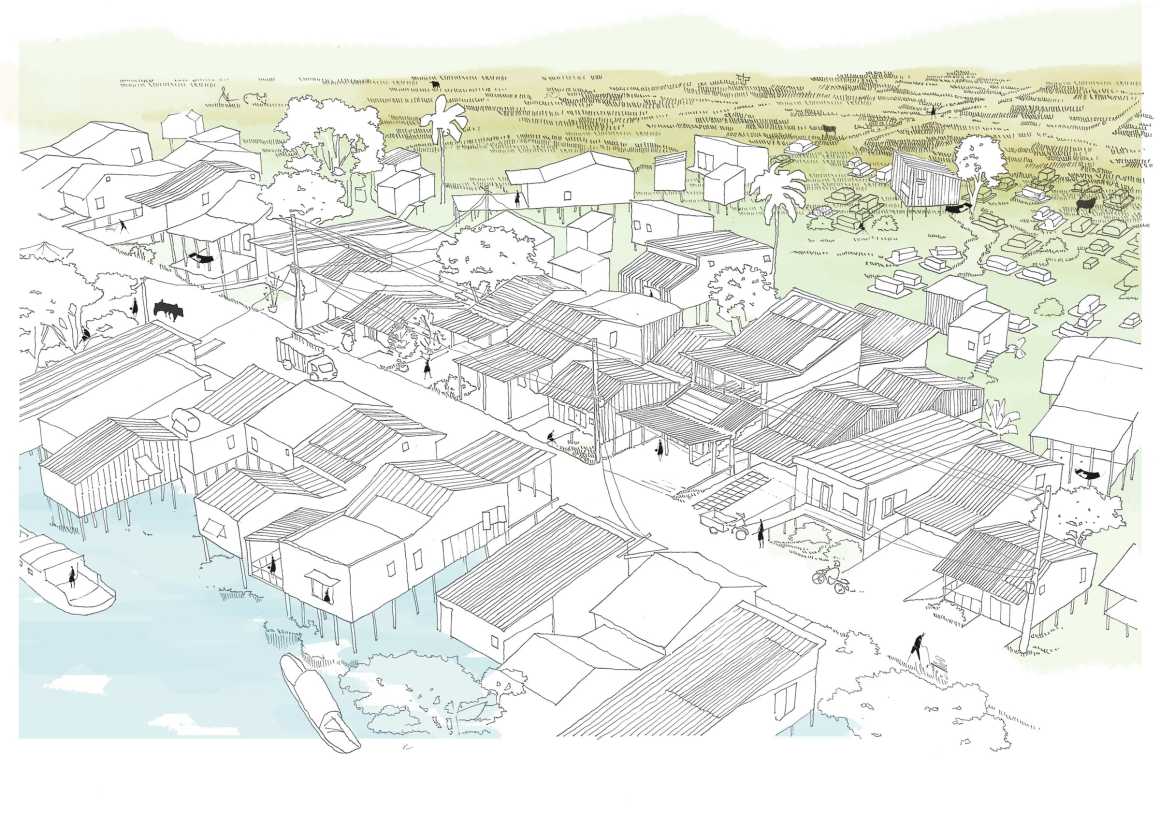
▼建筑平面图 Plan
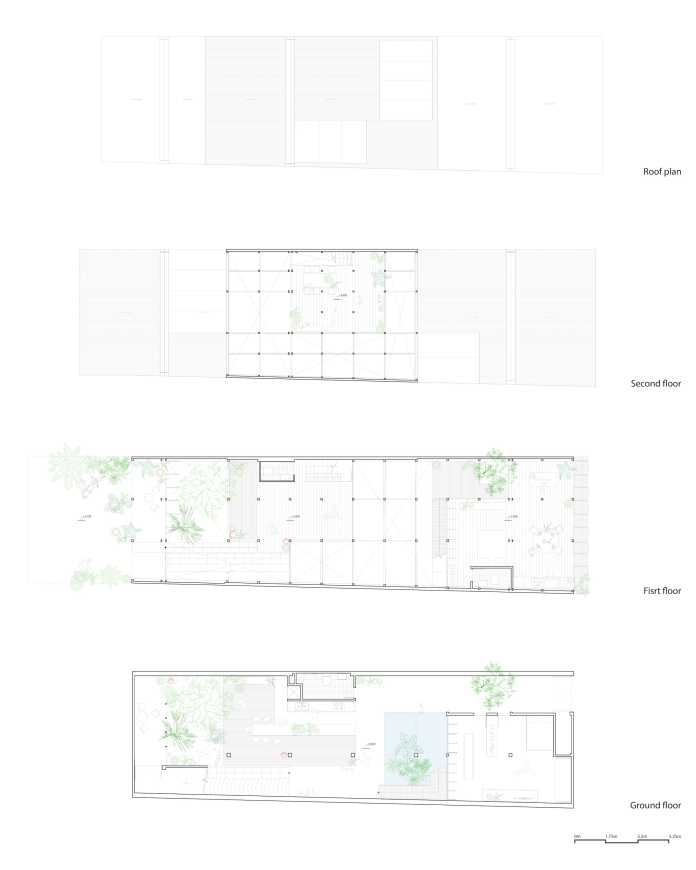
▼建筑轴测图 Axonometric
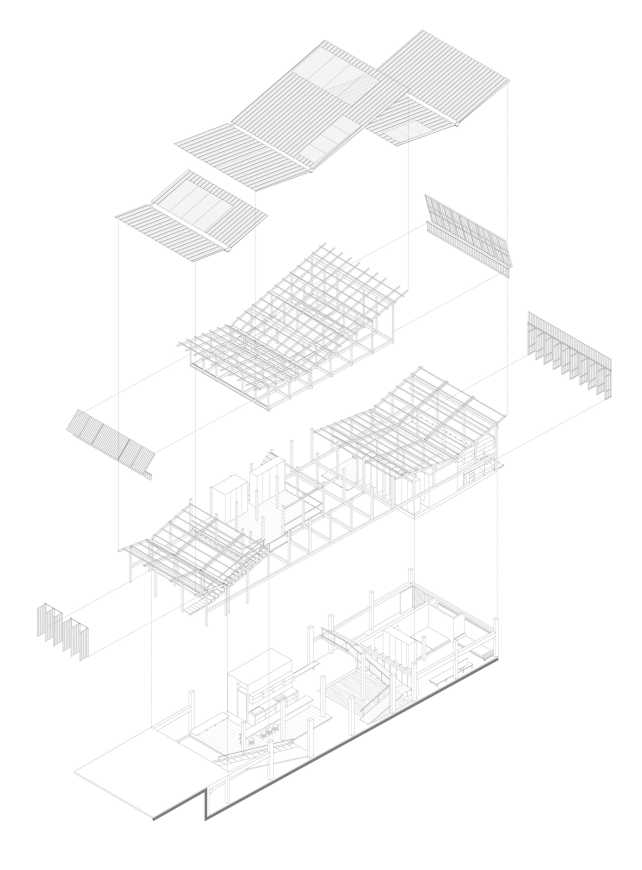
建筑设计: NISHIZAWAARCHITECTS
地点: 越南朱笃市
负责建筑师: Shunri Nishizawa, Nguyen Do Hong Quan, Luong Thanh Tung
面积: 340.0平方米
项目年份: 2017年
照片: Hiroyuki Oki
制造商: American Standard, Signify, Toto, Acor
Architects: NISHIZAWAARCHITECTS
Location: Thành phố Châu Đốc, Vietnam
Architects in Charge: Shunri Nishizawa, Nguyen Do Hong Quan, Luong Thanh Tung
Area: 340.0 m2
Project Year: 2017
Photographs: Hiroyuki Oki
Manufacturers: American Standard, Signify, Toto, Acor
更多 Read more about: NISHIZAWAARCHITECTS







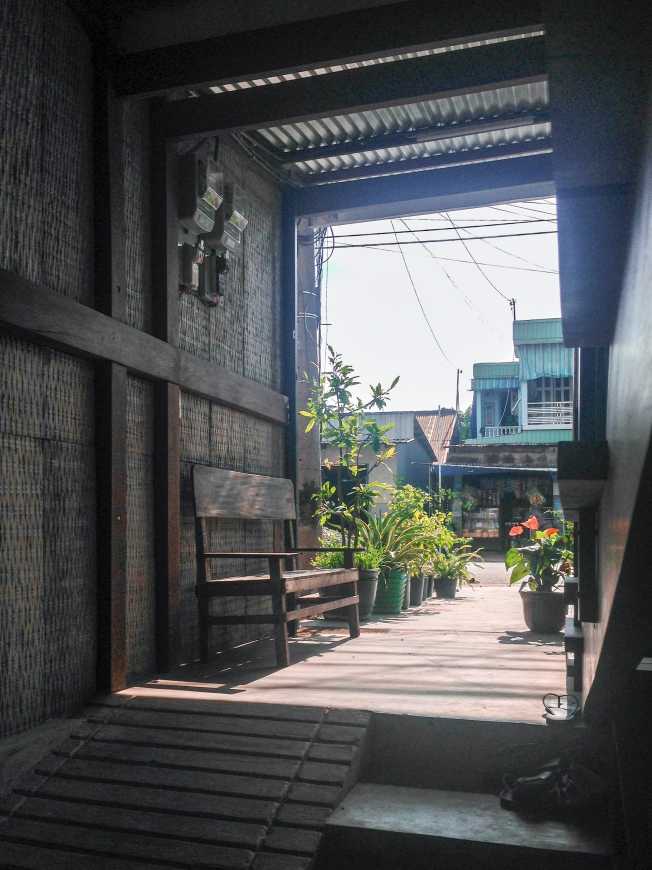


0 Comments